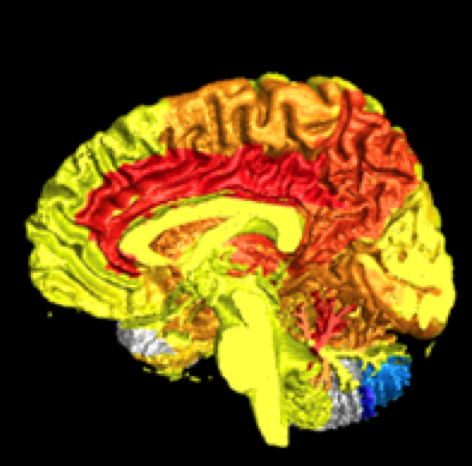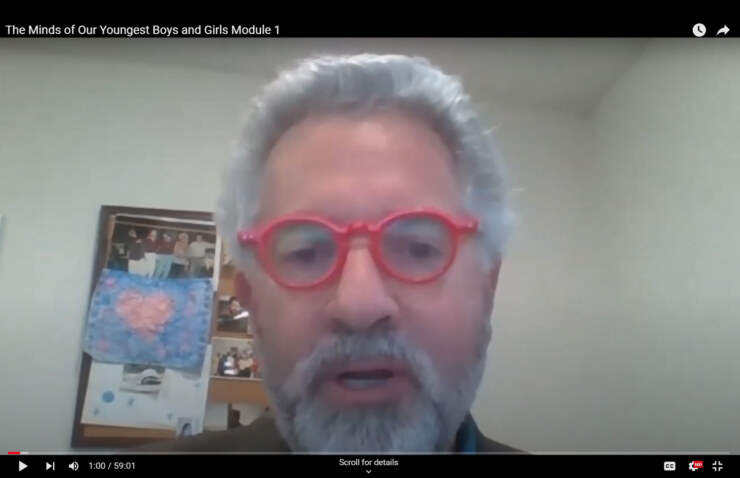Jeremy fidgets and clicks his teeth in such a way that he drives his teacher crazy; Latrice is taking notes but not really understanding them; Angie is thinking about five other things; Donnell is angry about what’s happening at home; Alana is terrified she will fail the test, Jamal and Billy already have, Emma is a bully and has been bullied, Zeke, Amy, and six others are on medication for depression or anxiety, two others have thought about suicide; nearly every student in this classroom wants to get back to their Smart Phone and social media.
Am I exaggerating? The new classroom—the classroom every teacher works in today—is a joy for its diversity of talented minds; it is also a challenge because of that same diversity. Socio- economic diversity, racial and ethnic diversity, historical diversity, ideological diversity, religious diversity, and just the sheer weight of complex personal identity development all walk into the classroom with each child. We know this is a good thing. We also know it creates constant stress. How can one teacher or one parent possibly meet every child’s needs?
Layered into the diversity is the center, the heart of it all—these students are “brains” at work, and not only that, they have diversely gendered brains. Whether fidgeting, failing, succeeding, bullying, being bullied, taking notes, studying, behaving, misbehaving, being empathic, or using Smart Phones and social media, each of these students acts and reacts as girls and boys. This is even true of transgender brains—a female to male and a male to female are trying to align the gender in their brains with their anatomy and physiology. They, too, experience male and female brains.
Our colleague, Daniel Amen, recently published a study based on nearly 50,000 brain scans (he summarizes it here: https://www.amenclinics.com/blog/women-more-active-brains-than-men/.)
Twenty years ago, my GI team and I realized a profound and practical way to help professionals and parents meet the success goals both groups had for the education of their children–by combining brain-based education with gender differentiated training. As diversity in classrooms have evolved, so has our professional development. If you read this newsletter, you know I promised some announcements of new innovations in our GI template for the new year. Here is one of them, built just for you.
Our New Brain-Based Online Course is Live!
Male and female brain, biochemistry, and cultures are so profoundly a part of the classroom, they must be understood if the classroom is to be successful. You as professionals and parents know this instinctively, I believe, especially when you observe and disaggregate data in an unofficial or official capacity.
Right now:
*Boys in general are undermotivated-to-learn in comparison to girls (often lost in video games and screens); they are getting more than 2/3s of the Ds and Fs in our classrooms but less than 40% of the As.
*Boys are inordinately punished, many times for “offenses” that are not actually abnormal behavior for boys; boys of color are so profoundly abandoned in their search to become good men that many of them enter a school to prison pipeline very early.
*Boys get lower standardized test scores than girls in general, and in literacy, language arts, and similar fields, the male to female gap is three times higher than the girl-to-boy math gap.
*Depression, anxiety, suicide, substance and opioid abuse, and brain disorder diagnoses among males are increasing; many of these diagnoses are moving rapidly into pre-pubescent age groups.
*Girls’ STEM learning is improving in our classrooms and yet retaining young women in higher level of Tech and Engineering jobs is barely improving.
*Girls are engaged in bullying behavior towards one another and brutal behavior towards themselves at unprecedented rates.
*Pressure on girls to hyper-multi-task their success is partially the cause of increased depression, anxiety, substance abuse, and suicide attempts among girls.
*Social media, screens, smart phones, and other artificial methods of creating the “connective tissue” that girls want also alters their brains, in many cases, toward negative growth.
The outcomes of our new Four Hour Online Course, “The Minds of Boys and Girls,” align with addressing the gaps and needs of students and learners. You can take the course as it fits your schedule. Get ready to learn and apply practical applications that have been proven successful in schools and communities around the world. Please check out this link to get the course. https://gurianinstitute.com/boys-and-girls-learn-differently-online-course/. You will see testimonials and data points. The online course specifically targets these outcomes in your school and community:
*Crucial Success Gains in Student Achievement and School Turnaround
*Positive Gains in Student Behavior, including Lowered Discipline Referrals
*Dynamic, Useful, and Highly Practical Tools You Can Use Right Now
*Applied Brain-Based Science Proven Successful in Thousands of Classrooms
*Deeper Understanding of Boys, Girls, and the Whole Gender Spectrum
*Systemic Change Models That Can Transform School Culture.
No two children are exactly alike. No two teachers or parents are either. We are diverse! That is why understanding the male/female brain and applying innovations to target those brains has become one of the keys to success in our classrooms.
If you know me, you know that when I visit schools, conferences, and your communities, I love to talk with everyone I can. Lately, we’ve talked about how many of you hear a public and social media conversation that tries to negate sex and gender as crucial tools for growth. I hope you’ll resist that superficial analysis and feel empowered by our new course to do so.
A million years of human history walk into our classrooms with every child who walks in. All that history is laden the X and Y chromosomes, sex and gender on the brain, and female and male learning. Nature, nurture, and culture all matter, and all of them work best when we innovate towards the minds of boys and girls.
Thank you for being a Gurian Institute supporter. We hope to see you online and onsite in the new year!










